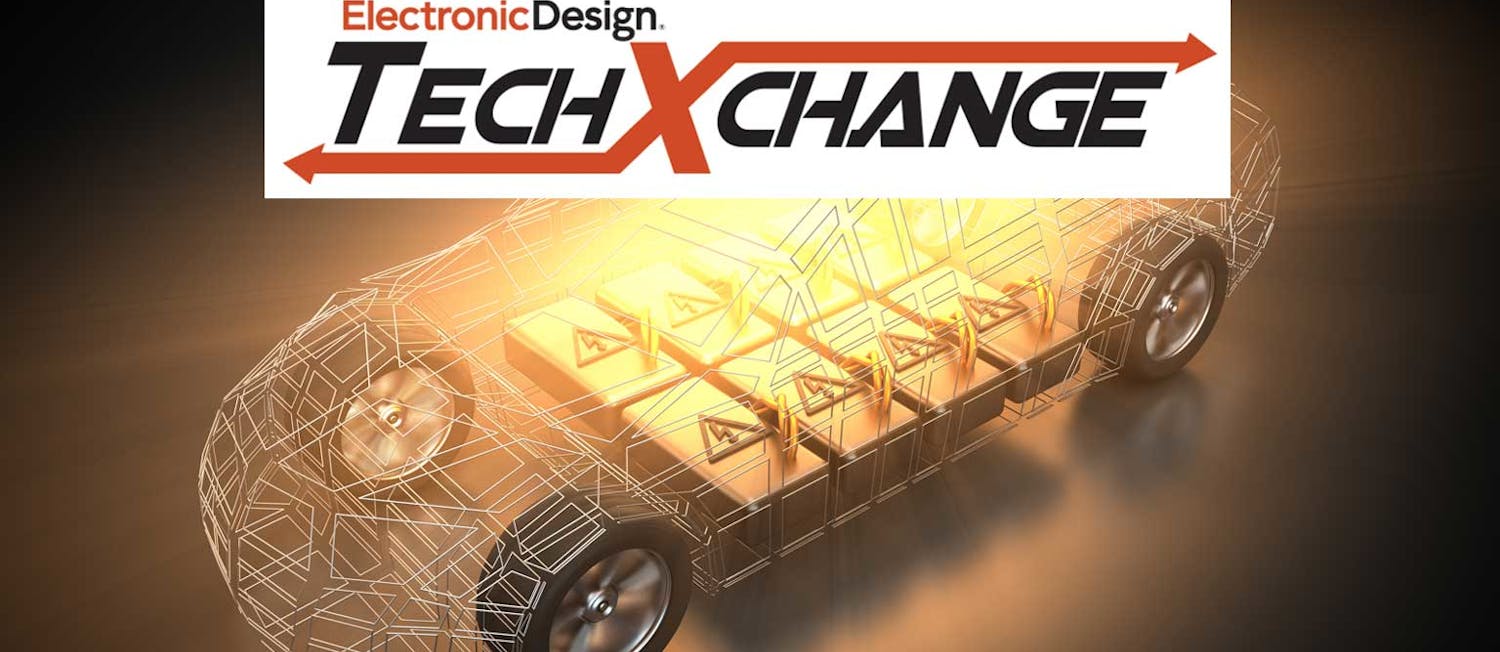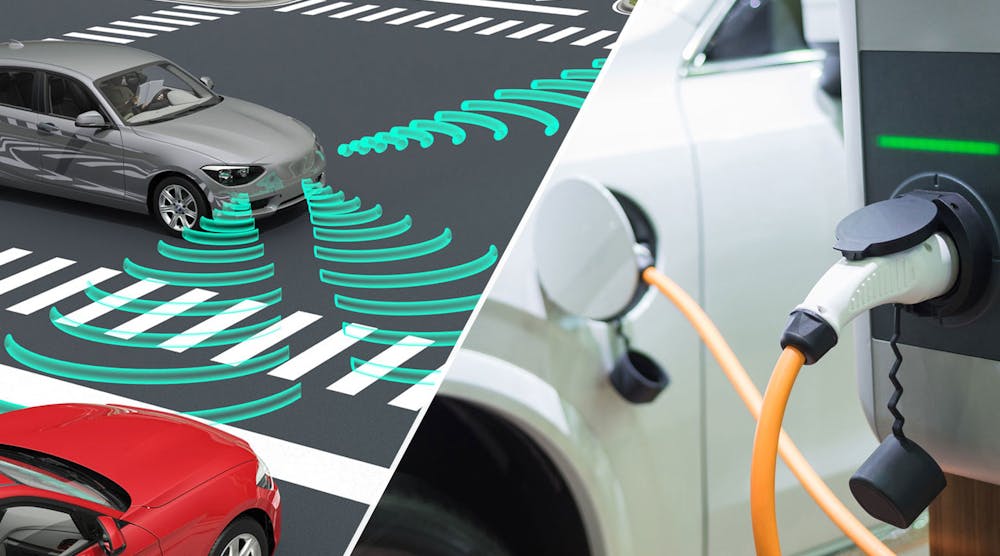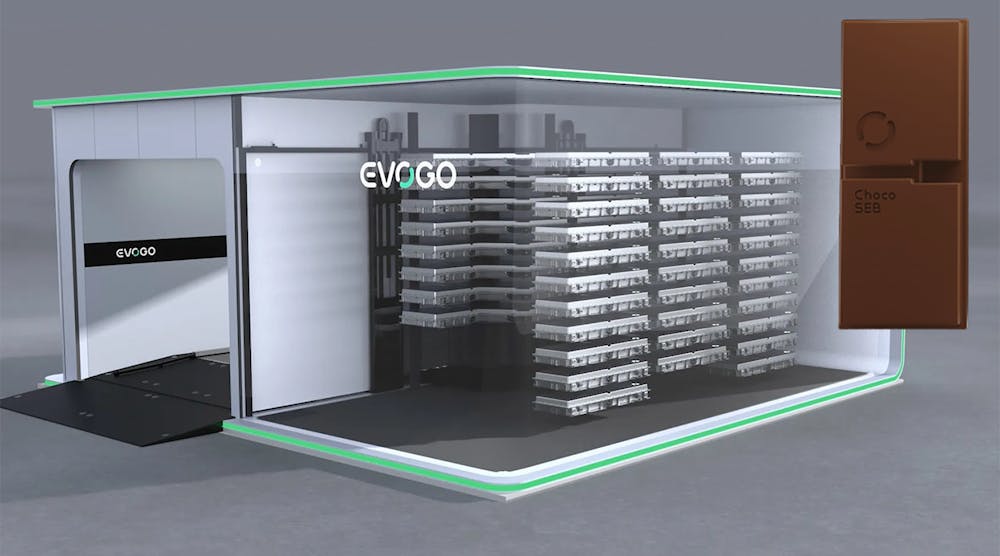Read more articles atTechXchange: EV Battery Management.
What's the most expensive part of any electric vehicle (EV)? The battery. According to industry analysts, the battery currently accounts for 25% to 40% of the total cost of the average EV, making it a bottleneck to bringing affordable EVs to the masses. Because replacing a battery can cost thousands of dollars, manufacturers are trying to prolong the battery's charge as long as possible and protect it from harm.
As the electric vehicle era looms, many of the world's largest auto manufacturers are investing more in advanced batteries that are safer, denser, and recharge faster than lithium-ion batteries currently in use. In addition, EVs are loaded with as many battery cells as possible to increase the charging capacity of the larger battery pack, which can weigh thousands of pounds and come in a wide range of configurations.
But at the same time, manufacturers are also working to integrate more advanced battery management systems (BMS) that can wring out as much energy as possible from the battery packs in the EV. These systems are also designed to protect the battery cells from being damaged, which can sap a battery's capacity prematurely, reducing the vehicle's range or—in the worst-case scenario—cause it to explode.
The BMS acts as the brains of the electric vehicle's battery by carefully managing the output, charge, and discharge during its lifetime. These systems are also designed to monitor each battery cell—and the modules housing them—to protect them from suffering damage. The BMS also affects the electric vehicle's miles-per-charge—not only on its current drive but also over the battery's lifespan inside it.
This TechXchange highlights ED's coverage of advances in battery management technology, specifically in the automotive market. Check the series page often as ED continues to report on innovations in the sector.
The articles in this series cover topics ranging from the basic building blocks of any effective BMS. In contrast, additional articles in the series examine the shift from wired to wireless battery-management systems (wBMS) in the electric vehicles of the future. The battery management chips at the heart of EVs have also become a battleground in the semiconductor sector in recent years, an area covered in the series.
Read more articles atTechXchange: EV Battery Management.







